Inspired by a handspun yarn: the story behind our new Khangai camel fibres
Images of Mongolia intrigued me as a child – the allure of its vast landscapes, boundless skies, the nomadic lifestyle and majestic animals – and these images inspired my lifelong dream to travel to the far east.
I never imagined that I would fulfil my childhood fantasy of walking barefoot in the Gobi desert and staying with nomadic families, that my dream would lead me to return to this beautiful country, again and again. My first visit to Mongolia was a holiday. The second and third visits marked the launch of Tengri with my co-founding team, celebrating with the local community of herder families. I made a commitment to do all I could to help them, remembering my stay with the yak-herder family during my first trip.
The fourth time I visited Mongolia was by way of a heartfelt gesture and invitation from the camel herders of the Khangai region. These herders live just south of the Khangai mountains and valleys where the yaks roam, in a drier ecosystem inhabited by camels. They had heard about a crazy woman helping the yak herders and the celebration of the region’s yaks. The herders sent me a handspun ball of yarn, made from the first ever combing of the precious virgin fibres from camels in this region. Since I was helping the yak herders, could I not help the camel herders too? How could I not be touched by this gesture? It was a request I couldn’t ignore.
Young Bactrian Camel
Five days of travel by car and plane led me to meet the local governor and leader of the herders’ cooperative, who explained the challenges facing camel herders. One family’s story truly broke my heart. As a last resort, they had sold their prized animal to pay for their daughter's school fees. I discovered later that the camel went to the local slaughterhouse because it was more valuable dead than alive.
Much like my first trip, when I stayed with yak-herder families, I decided there and then that ongoing trade and income for these animals’ hair fibres was essential. This would not only help to support the families and the tradition of camel herding, it could also keep these majestic animals alive while supporting the ecosystem.
The properties of camel hair fibres are similar to those of the yak. Camel fibres are sublimely soft, hypoallergenic, breathable, and naturally resistant to water, odour and flame. Due to the minerals in the desert ecosystem, Khangai camels have three unique natural colours: blonde, caramel and cayenne. And unlike cashmere goats, which were introduced by humans to this region and are aggressive in their grazing of fragile land, the indigenous Khangai camels live in a symbiotic relationship with the ecosystem.
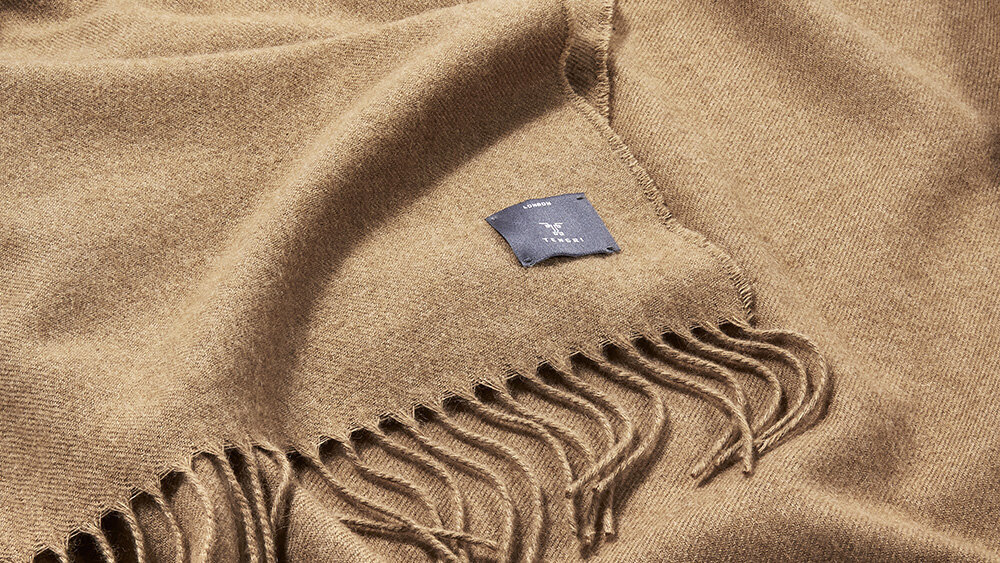
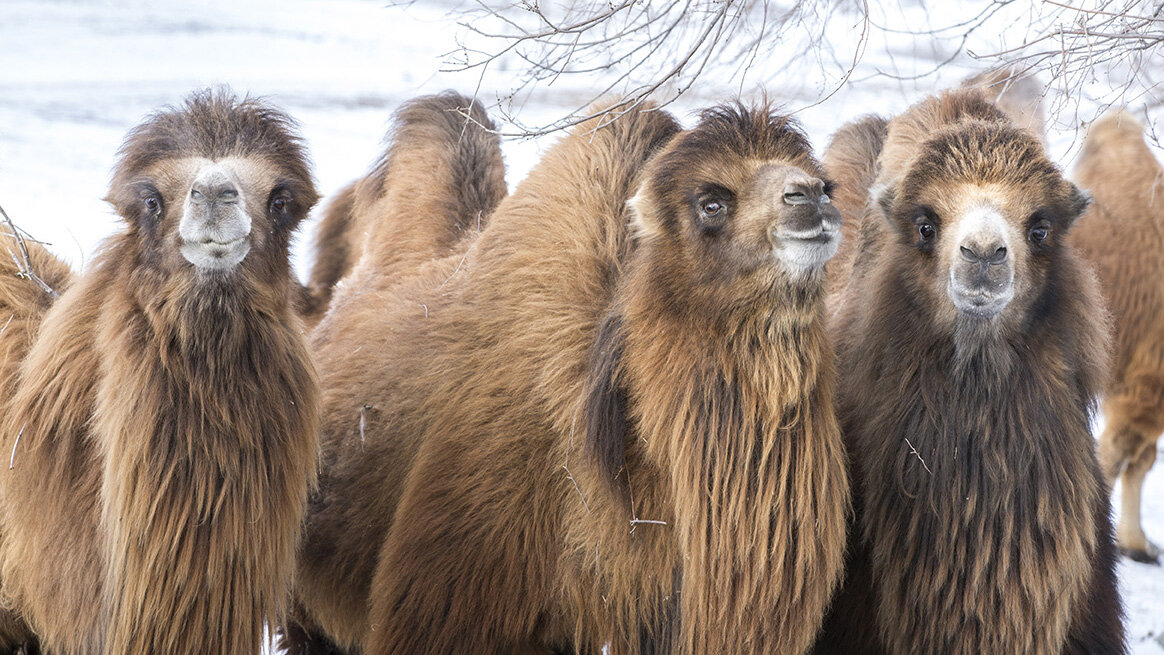
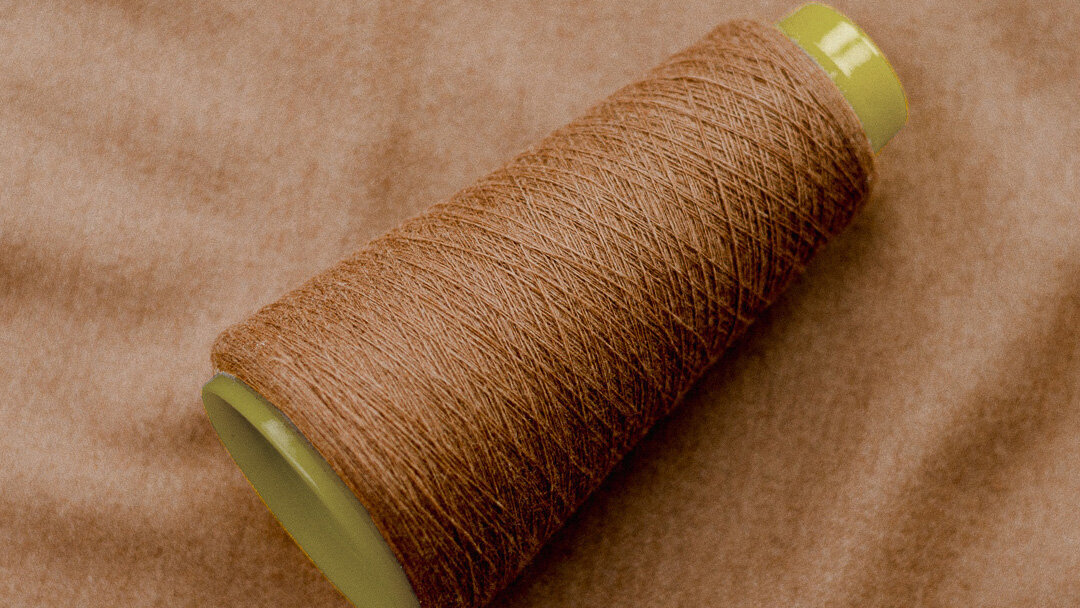
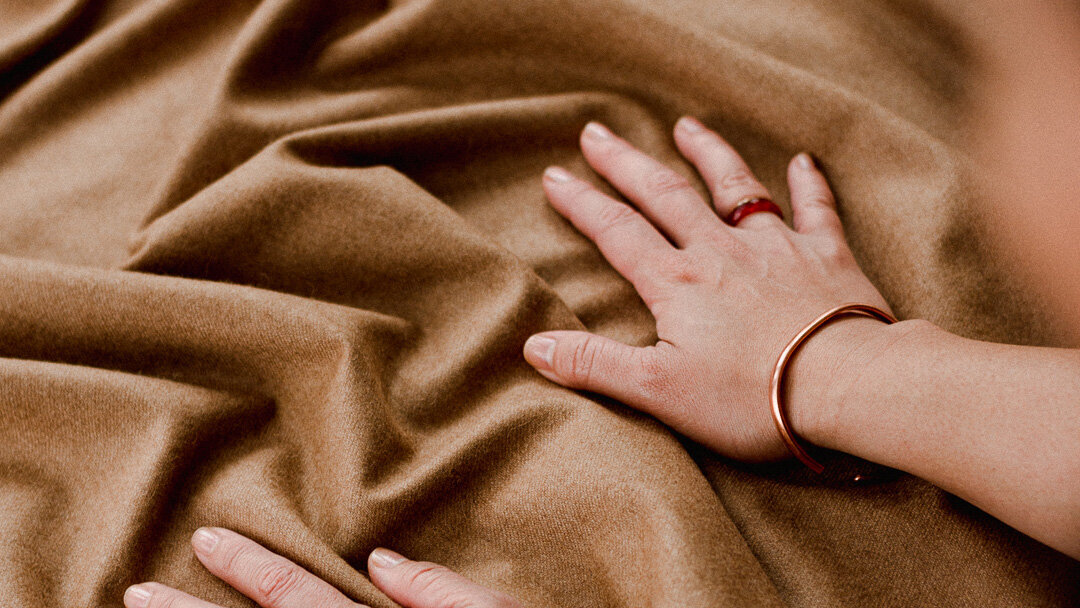
Three years have passed since I received those fibres hand-combed from the underbelly of the indigenous baby Khangai camel. Since then, we’ve been developing the best method of turning the fibres into fabric, in partnership with a heritage mill in Yorkshire. At this mill, traditional skills in textile manufacturing date back to 1856. The fibres are washed in the soft water of the Yorkshire Pennines, a natural ingredient and unique aspect of the Huddersfield textile weaving industry, aiding the production of exquisite pieces.
I’m proud to launch our range of Khangai camel. It’s been quite a journey.
